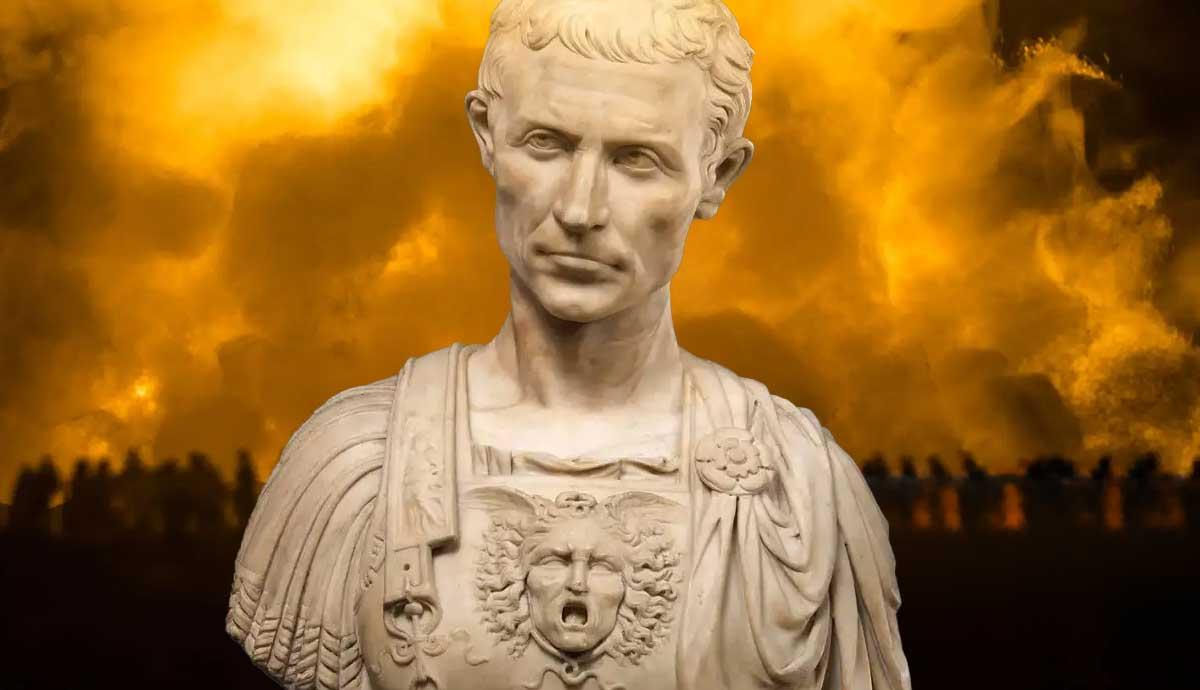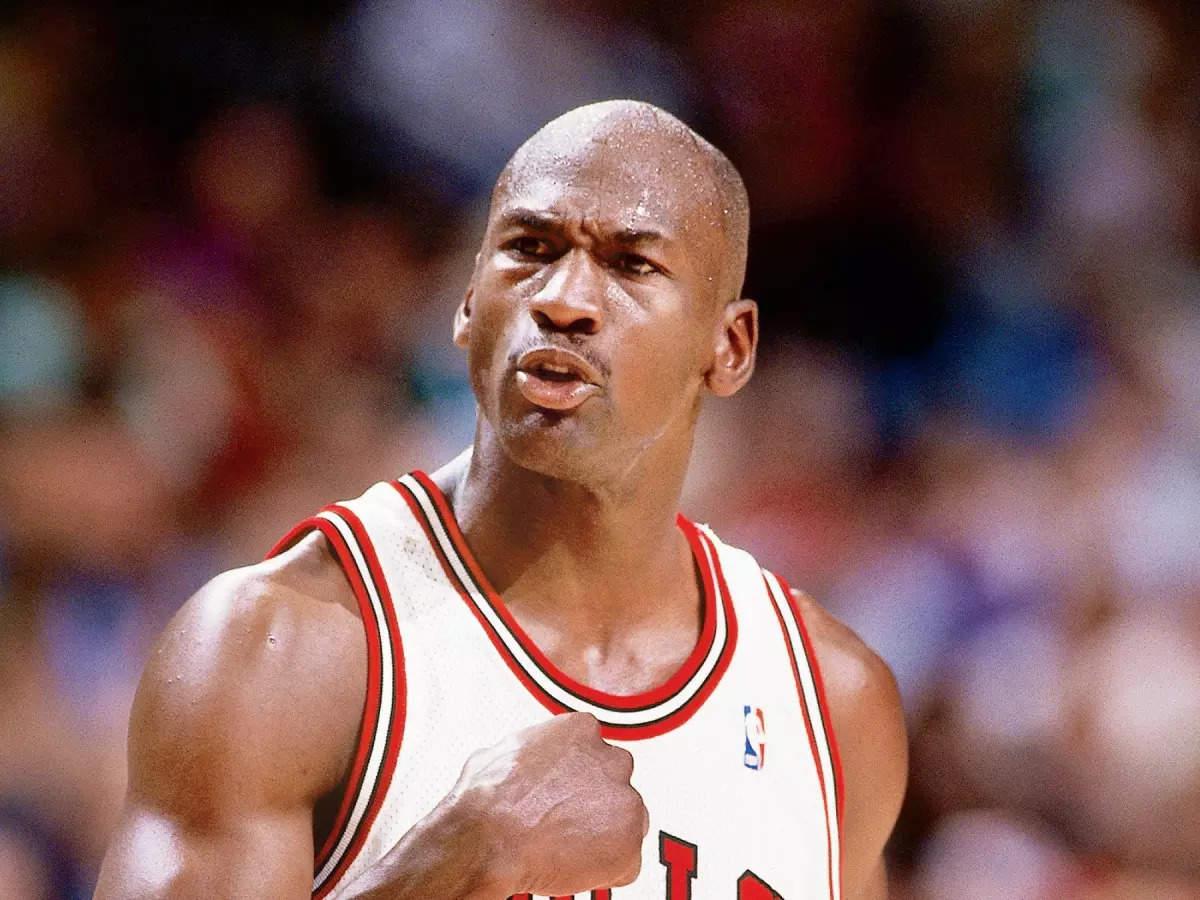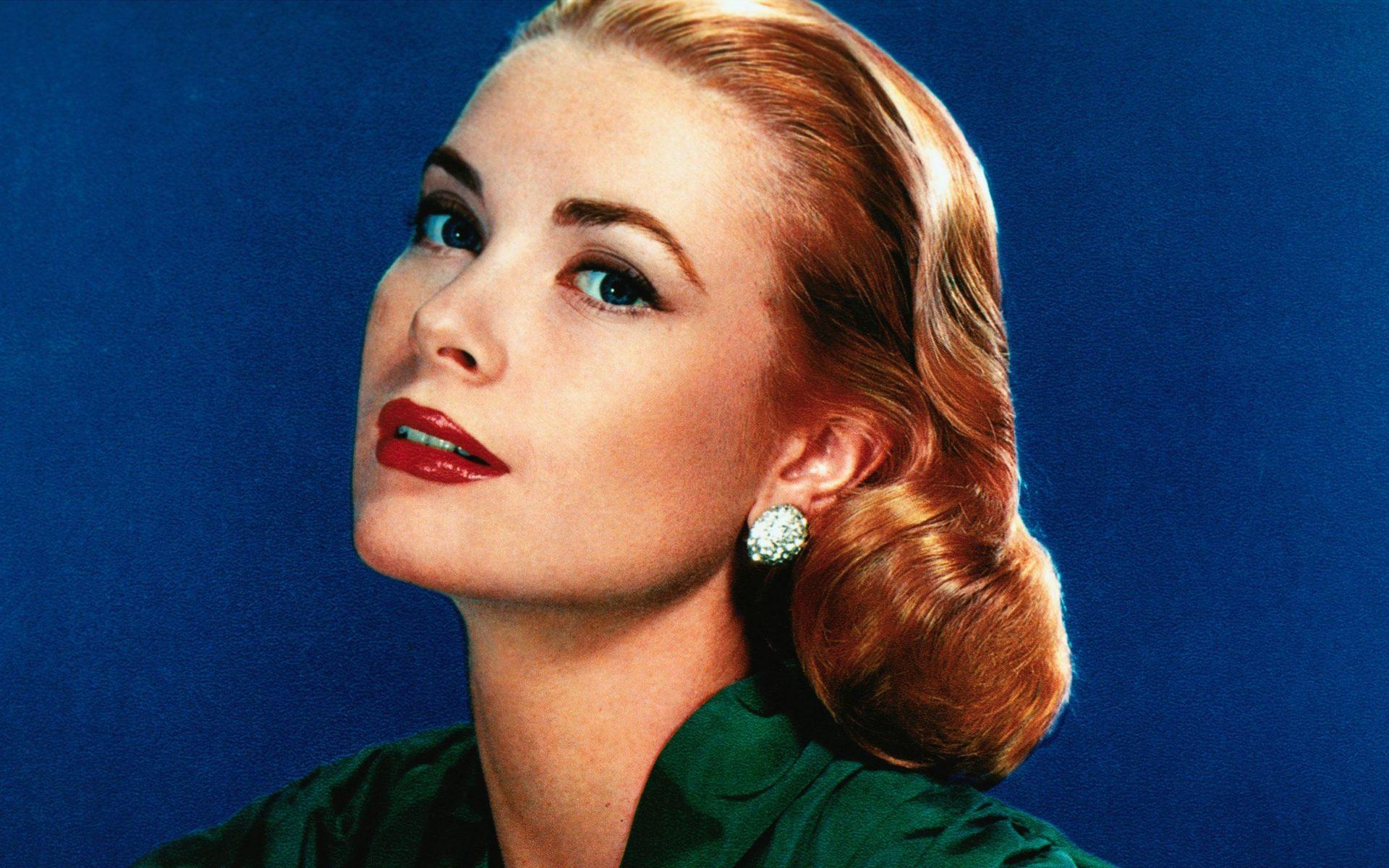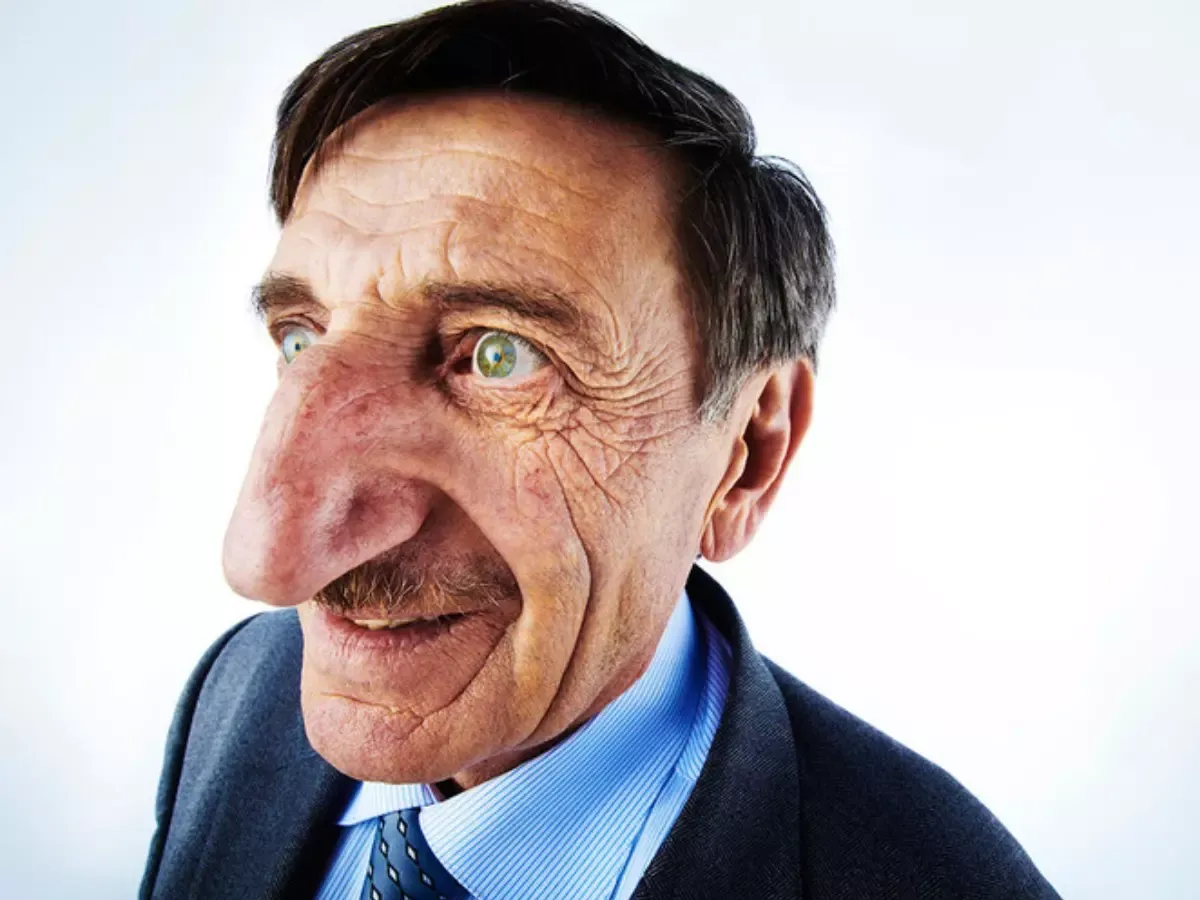
The shape of a person’s nose can greatly influence their overall appearance and how others perceive them.
Noses come in various shapes, each with its unique features and characteristics. Some shapes may be associated with certain traits, such as strength or playfulness, while others can evoke elegance or charm.
This blog will explore 15 nose shapes, including their descriptions, cultural significance, famous examples, and commonly associated traits.
Understanding these various shapes helps us appreciate the diversity in human features and offers insight into how beauty standards can vary across cultures.
Let us get started!
What are the Different Types of Nose Shapes?
1. Aquiline Nose (Roman Nose)

- Description: Characterized by a prominent bridge that curves downwards, giving it a hooked appearance. They are often considered aristocratic or regal.
- Cultural Significance: Historically associated with strength and leadership, the aquiline nose is often depicted in sculptures and paintings of noble figures.
- Famous Examples: Notable figures with aquiline noses include Cleopatra and the Roman general Julius Caesar, often represented in art and literature.
- Personal Traits: People with an aquiline nose are sometimes perceived as strong-willed, confident, and determined.
2. Button Nose

- Description: Small and rounded, resembling a button. This nose shape typically has a soft and delicate appearance.
- Cultural Significance: Often associated with youthfulness and innocence in many cultures, making it a desirable feature in some beauty standards.
- Famous Examples: Celebrities like Emma Watson and actress Scarlett Johansson are known for their button noses, contributing to their charming appeal.
- Personal Traits: Individuals with button noses are often seen as approachable, friendly, and lively.
3. Flat Nose
- Description: Characterized by a low bridge and wide nostrils, giving it a broad appearance. Commonly found in various ethnic groups.
- Cultural Significance: In some cultures, flat noses are celebrated as a sign of beauty and uniqueness, while in others, they may be viewed differently.
- Famous Examples: Many indigenous peoples and prominent figures, such as actors from African or Asian descent, exhibit flat noses, showcasing diverse beauty.
- Personal Traits: People with flat noses are often perceived as grounded, practical, and strong.
4. Hawk Nose

- Description: Features a prominent, curved bridge and a sharp tip resembling a bird’s beak. This nose shape is often considered striking.
- Cultural Significance: The hawk’s nose has been associated with fierceness and independence, and it is often admired in historical depictions of warriors.
- Famous Examples: Historical figures like Napoleon Bonaparte and actors like Barbra Streisand are noted for their hawk noses.
- Personal Traits: Individuals with a hawk nose may be perceived as assertive, ambitious, and confident.
5. Nubian Nose

- Description: Typically wide and flat with a rounded tip, this nose shape is distinctive.
- Cultural Significance: The Nubian nose is celebrated in various cultures, especially among African communities, as a beautiful and unique feature.
- Famous Examples: Famous personalities like actress Lupita Nyong’o exemplify the Nubian nose, adding to their distinctive beauty.
- Personal Traits: People with a Nubian nose are often seen as warm, approachable, and charismatic.
6. Perky Nose
- Description: Short and slightly turned up at the tip, giving it a cheerful and youthful appearance.
- Cultural Significance: Often associated with cuteness and playfulness, the perky nose is frequently featured in cartoons and animations.
- Famous Examples: Characters like Bambi from Disney have perky noses contributing to their adorable looks.
- Personal Traits: Individuals with a perky nose are generally perceived as fun-loving, lively, and optimistic.
7. Snub Nose

- Description: Short and somewhat flattened with a rounded tip, resembling a pug nose.
- Cultural Significance: Snub noses are often viewed as charming and cute and are associated with certain animal breeds, like pugs.
- Famous Examples: Celebrities like Christina Aguilera and actress Drew Barrymore are known for their snub noses.
- Personal Traits: People with a snub nose are frequently seen as playful, friendly, and approachable.
8. Straight Nose

- Description: Features a smooth and even bridge with a straight profile. It is considered classic and elegant.
- Cultural Significance: The straight nose is often seen as a symbol of beauty across various cultures, associated with harmony and balance.
- Famous Examples: Celebrities like Angelina Jolie and actor Robert Pattinson exemplify the straight nose, contributing to their striking looks.
- Personal Traits: Individuals with a straight nose may be perceived as calm, composed, and dependable.
9. Wide Nose

- Description: Characterized by a broad base and wide nostrils, giving it a robust appearance.
- Cultural Significance: In some cultures, wide noses are associated with strength and beauty, valued for their unique characteristics.
- Famous Examples: Prominent figures like Michael Jordan and actress Viola Davis are known for their wide noses, showcasing their distinctiveness.
- Personal Traits: People with wide noses are often seen as confident, outgoing, and strong.
10. Upturned Nose
- Description: Features a noticeable upward turn at the tip, giving it a youthful and cheerful appearance.
- Cultural Significance: Often associated with innocence and playfulness, the upturned nose is celebrated in various artistic representations.
- Famous Examples: Celebrities like Anna Kendrick and actress Jennifer Garner are noted for their upturned noses, enhancing their charming looks.
- Personal Traits: Individuals with an upturned nose are typically perceived as cheerful, optimistic, and friendly.
11. Hooked Nose

- Description: It is characterized by a pronounced curve or hook shape at the bridge, giving it a distinctive appearance.
- Cultural Significance: The hooked nose is often associated with wisdom or cunning in literature and art, particularly in historical depictions.
- Famous Examples: Historical figures such as Cleopatra and actors like Sarah Jessica Parker are known for their hooked noses.
- Personal Traits: People with a hooked nose may be perceived as intelligent, resourceful, and strong-willed.
12. Concave Nose
- Description: Features a slight inward curve at the bridge, creating a unique profile.
- Cultural Significance: This nose shape is less common but is distinctive and unique in various cultures.
- Famous Examples: Certain artistic representations may feature characters with a concave nose, emphasizing uniqueness.
- Personal Traits: Individuals with a concave nose might be seen as creative, imaginative, and individualistic.
13. Celestial Nose

- Description: Characterized by a delicate and refined shape, often with a slight upward tilt at the tip.
- Cultural Significance: Often associated with beauty and elegance, this nose shape is frequently depicted in classical art.
- Famous Examples: Historical beauties such as Grace Kelly exemplify the celestial nose in various portraits.
- Personal Traits: People with a celestial nose are often perceived as graceful, sophisticated, and charming.
14. Long Nose
- Description: Features an elongated shape with a noticeable length, often associated with a strong profile.
- Cultural Significance: Literature often depicts long noses as a sign of wisdom or distinct character.
- Famous Examples: Characters like Pinocchio highlight the long nose as a unique trait.
- Personal Traits: Individuals with long noses may be seen as intelligent, thoughtful, and discerning.
15. Fleshy Nose

- Description: Characterized by a broader and softer appearance, often with prominent nostrils.
- Cultural Significance: Fleshy noses are often associated with warmth and approachability in various cultures.
- Famous Examples: Actors like Rosie O’Donnell showcase a fleshy nose, contributing to their friendly appearance.
- Personal Traits: People with a fleshy nose are often perceived as kind, nurturing, and sociable.
Conclusion
From the regal aquiline nose to the charming button nose, each shape carries cultural significance and personal traits that can influence perceptions of beauty.
By exploring these 15 nose shapes, we gain a greater appreciation for how individuality is expressed in our physical features.
Famous figures with these shapes remind us that beauty comes in many forms and that our differences make us special.
Ultimately, understanding nose shapes encourages us to embrace our unique traits and celebrate the diverse appearances that contribute to the human identity.
Every nose has its own story, and every shape is worthy of recognition.






